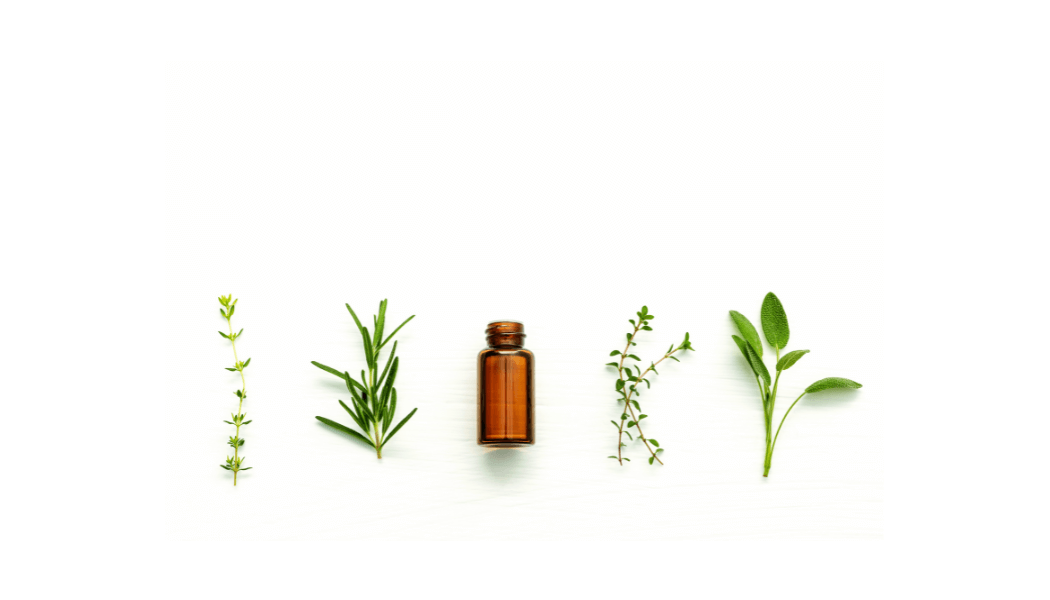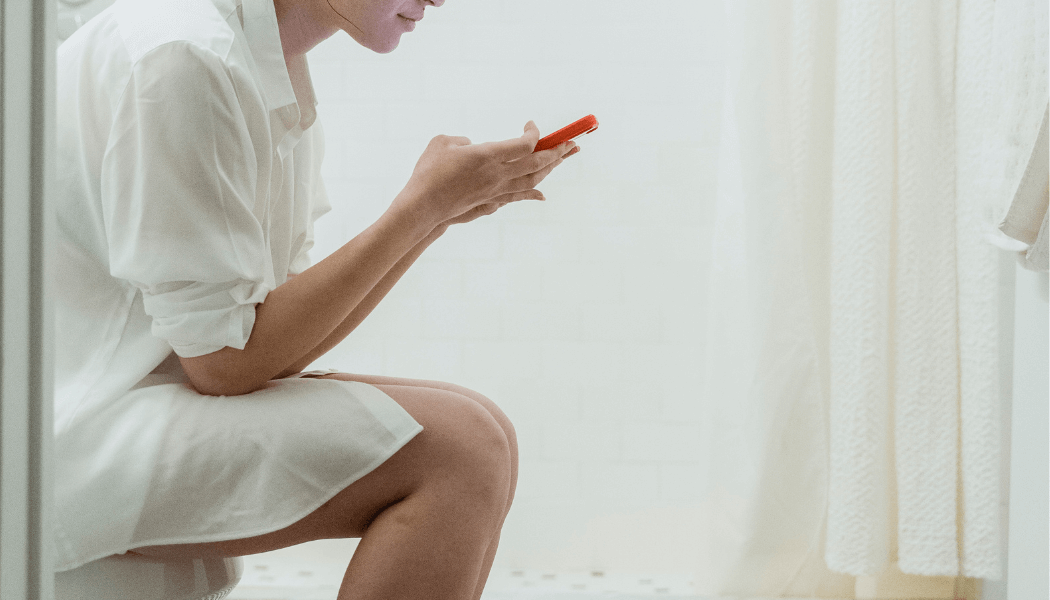Stop Vaginal Discharge Now: How Essential Oils Can Restore Balance

Introduction
Are you tired of dealing with the discomfort and embarrassment of vaginal discharge? Do you long for a natural solution to restore balance to your intimate area? Look no further. In this article, we will delve into the world of essential oils and their powerful ability to combat yeast infections and restore harmony to your vaginal health.
When it comes to intimate issues like yeast infections, finding a natural remedy can be a game-changer. Essential oils offer a holistic approach to healing, harnessing the power of nature to address the root causes of vaginal imbalances. In this comprehensive guide, we will explore the best essential oils for yeast infections, how to use them effectively, and the science behind their efficacy.
Say goodbye to the cycle of recurring infections and hello to a healthier, more balanced you. It's time to take control of your vaginal health and discover the transformative power of essential oils. Let's dive in and explore the natural remedies that will put an end to your struggle with vaginal discharge once and for all.
The Best Essential Oils to Help Lessen Yeast Infections and Vaginal Discharge
When it comes to treating yeast infections and vaginal discharge, essential oils can be a natural and effective solution. Certain essential oils have antifungal, antibacterial, and soothing properties that can help restore balance to the vaginal area. Here are some of the best essential oils to consider:
1. Tea Tree Oil: Tea tree oil is widely recognized for its powerful antifungal properties. It can help kill candida, the fungus responsible for yeast infections, and provide relief from itching and irritation.
2. Lavender Oil: Lavender oil not only has a pleasant aroma but also possesses antimicrobial properties that can combat bacterial overgrowth in the vaginal area. It is known for its soothing effects and may help reduce inflammation and itching.
3. Oregano Oil: Oregano oil contains a compound called carvacrol, which has strong antimicrobial properties. It can help fight off fungal infections and promote healthy bacterial balance in the vagina.
4. Coconut Oil: While technically not an essential oil, coconut oil is a natural moisturizer with antifungal properties that can help alleviate symptoms of yeast infections. Its rich texture provides lubrication and can ease discomfort caused by dryness or irritation.
Before using any essential oil in the vaginal area, it's important to dilute it properly with a carrier oil like coconut or olive oil to prevent any potential irritation or sensitivity. Additionally, it's recommended to do a patch test on a small area of skin before applying it internally.
Remember that while essential oils may offer relief from symptoms, it's crucial to consult with your healthcare provider for an accurate diagnosis and guidance on appropriate treatment options for yeast infections and vaginal discharge. Note: this article does not promote anything that will cure diseases.
How to Use Essential Oils for Yeast Infections and Vaginal Health
Using essential oils for yeast infections and vaginal health can be a natural and effective solution. However, it's important to note that essential oils should be used with caution and in conjunction with medical advice. Here are some ways you can incorporate essential oils into your routine:
1. Dilute the essential oil: Essential oils are highly concentrated, so it's crucial to dilute them before using them on your intimate areas. Mix a few drops of your chosen essential oil with a carrier oil such as coconut oil or almond oil. This not only helps to protect your skin but also ensures that the essential oil is properly absorbed.
2. Topical application: Gently apply the diluted essential oil mixture to the affected area using clean fingers or a cotton pad. Be sure to wash your hands before and after application to prevent the spread of bacteria.
3. Sitz bath: Fill a shallow basin or bathtub with warm water and add a few drops of your preferred antifungal essential oil, such as tea tree or lavender oil. Sit in the bath for about 15-20 minutes, allowing the essential oils to come into contact with the affected area.
4. Diffusion: You can also benefit from the therapeutic properties of essential oils by diffusing them in your bedroom or living space. Use an electronic diffuser or simply add a few drops of essential oil to a bowl of hot water and inhale the steam.
Remember, it's important to consult with a healthcare professional before incorporating any new products or treatments into your routine, especially if you have existing medical conditions or are pregnant. While essential oils can provide relief for yeast infections, they should not replace proper medical care and treatment.
Why Do I Have So Much Vaginal Discharge and How Can I Stop It?
Excessive vaginal discharge can be a symptom of a vaginal yeast infection. The overgrowth of the fungus Candida albicans can lead to an imbalance in the vagina, resulting in increased discharge and discomfort. While there are several options for treating yeast infections, many individuals prefer natural remedies that avoid the use of harsh chemicals. Essential oils such as tea tree oil and oregano oil have shown potential in treating vaginal yeast infections due to their antifungal properties. Tea tree oil, in particular, has been studied for its ability to inhibit the growth of Candida albicans. To use essential oils for treating a yeast infection, they can be added to a warm bath or used as suppositories. It is important to note that essential oils should always be diluted before being applied topically or used internally to avoid irritation or adverse reactions. If symptoms persist or worsen, it is recommended to consult with a healthcare professional for further guidance and treatment options.
When using essential oil suppositories, it's important to follow the instructions provided and consult with a healthcare professional if you have any concerns or questions. Essential oils are potent and should be used with caution, especially in sensitive areas like the vagina. With the right essential oil suppository, you can effectively and naturally eliminate vaginal yeast infections and restore balance to your body.
An All-Natural Treatment Plan to Restore Balance
If you're looking for a natural way to treat vaginal yeast infections, essential oils can be a powerful tool in your arsenal. One essential oil that has been shown to be effective against Candida, the fungus responsible for yeast infections, is tea tree oil. Tea tree oil has antifungal properties that can help to kill off the Candida cells and restore balance to the vaginal environment. To use tea tree oil for a yeast infection, you can dilute a few drops of the oil in a carrier oil, such as coconut oil, and apply it directly to the affected area. It's important to note that tea tree oil is very potent and can cause irritation if used undiluted, so it's best to dilute it before applying it topically. In addition to tea tree oil, other essential oils that can be beneficial for treating yeast infections include lavender oil, oregano oil, and clove oil. These oils also have antifungal properties and can help to eliminate the Candida overgrowth. When using essential oils for a yeast infection, it's important to remember that they are not a cure-all and should be used in conjunction with other treatment methods, such as over-the-counter antifungal creams or oral medications.
Conclusion
To sum it up, essential oils can be a powerful tool in restoring balance and combating vaginal yeast infections. However, it's important to remember that essential oils should never be used as a substitute for medical treatment. If you suspect you have a yeast infection or any other vaginal issue, it's crucial to consult with a healthcare professional for an accurate diagnosis and appropriate treatment.
While essential oils like tea tree oil and lavender oil have shown potential in reducing yeast overgrowth, it's essential to dilute them properly and use them in conjunction with other treatment options. Additionally, it's worth noting that not all essential oils are safe for use in the vaginal area, so it's important to do thorough research and consult with a qualified aromatherapist or healthcare provider before use.
Maintaining good vaginal hygiene, such as wearing breathable underwear, avoiding irritants, and practicing safe sex, can also contribute to a healthy vaginal environment. And remember, prevention is key – practicing good self-care, managing stress levels, and supporting your immune system can all play a role in reducing the risk of yeast infections.
Ultimately, essential oils can be a valuable addition to your holistic approach to vaginal health, but they should always be used responsibly and in conjunction with professional medical advice.



